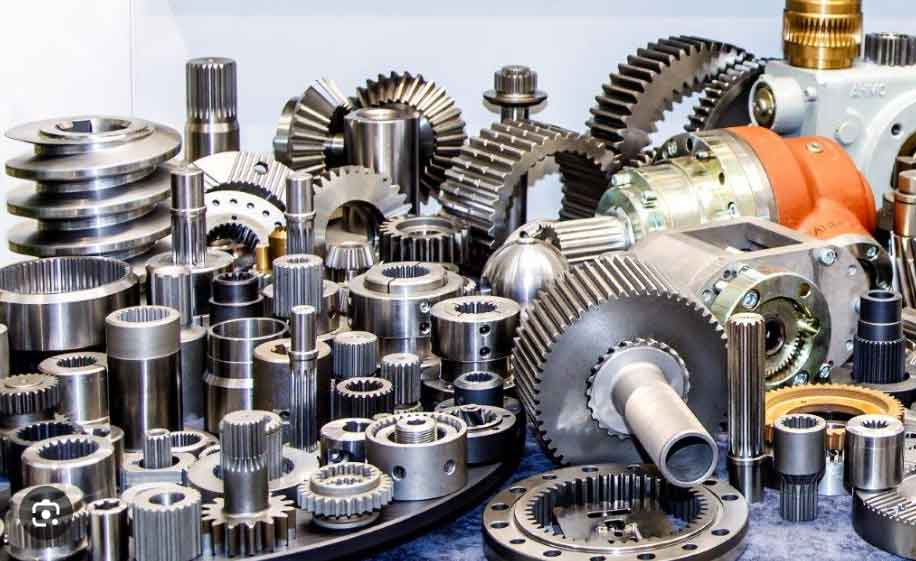In gear manufacturing, enhancing durability and wear resistance is crucial for ensuring the longevity and performance of gears. One approach to achieve these properties is through the use of forged gear blanks.

Forging is a manufacturing process that involves the shaping of metal by applying compressive forces. When it comes to gear manufacturing, forging offers several advantages over other methods like casting or machining. Here are some key benefits of using forged gear blanks:
- Improved material properties: Forging alters the microstructure of the metal, resulting in refined grain structure and improved mechanical properties. This makes forged gears stronger and more durable compared to cast or machined gears.
- Enhanced fatigue resistance: Gears are subjected to cyclic loading, which can lead to fatigue failure. Forged gear blanks exhibit superior fatigue resistance due to their refined grain structure and absence of defects, such as porosity or inclusions. This allows them to withstand repeated loading without premature failure.
- Consistent material properties: Forging provides excellent material uniformity and consistency throughout the gear blank. This ensures that the mechanical properties, such as hardness and strength, are evenly distributed, leading to consistent performance across the gear.
- Enhanced wear resistance: Gears experience sliding and contact stresses, which can cause wear and surface damage. By using forged gear blanks, manufacturers can select materials with high wear resistance, such as alloy steels or specialty materials like carburizing steels. These materials can be tailored to withstand the specific wear conditions encountered by the gears.
- Cost-effectiveness: While forging may have higher upfront costs compared to casting, the improved durability and wear resistance of forged gears can result in longer service life, reduced maintenance, and lower overall costs in the long run.
It’s worth noting that the design and engineering of gears also play a significant role in ensuring durability and wear resistance. Factors such as tooth profile, lubrication, heat treatment, and surface finishing techniques should be carefully considered to optimize the performance of forged gears.
Overall, the use of forged gear blanks can significantly enhance the durability and wear resistance of gears, leading to improved performance, longer service life, and reduced maintenance requirements.
